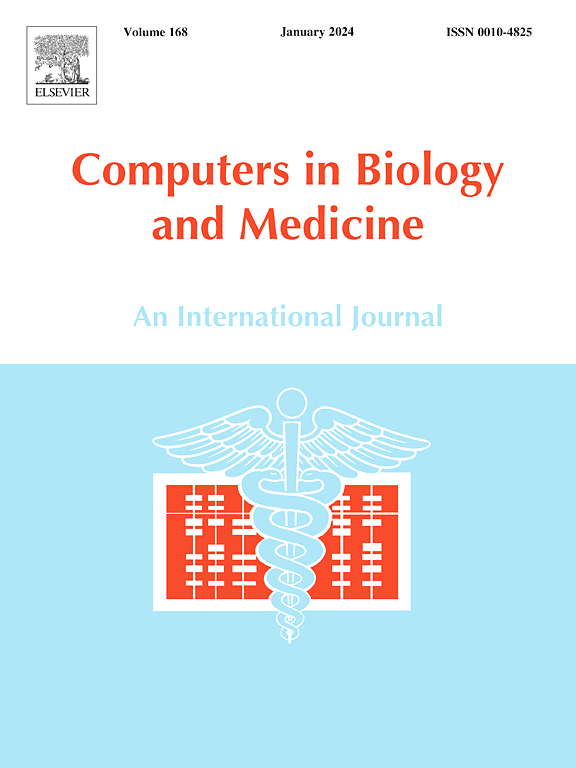Enhancing skin disease classification leveraging transformer-based deep learning architectures and explainable AI
IF 7
2区 医学
Q1 BIOLOGY
引用次数: 0
Abstract
Skin diseases affect over a third of the global population, yet their impact is often underestimated. Automating the classification of these diseases is essential for supporting timely and accurate diagnoses. This study leverages Vision Transformers, Swin Transformers, and DinoV2, introducing DinoV2 for the first time in dermatology tasks. On a 31-class skin disease dataset, DinoV2 achieves state-of-the-art results with a test accuracy of 96.48 ± 0.0138% and an F1-Score of 97.27%, marking a nearly 10% improvement over existing benchmarks. The robustness of DinoV2 is further validated on the HAM10000 and Dermnet datasets, where it consistently surpasses prior models. Comparative analysis also includes ConvNeXt and other CNN architectures, underscoring the benefits of transformer models. Additionally, explainable AI techniques like GradCAM and SHAP provide global heatmaps and pixel-level correlation plots, offering detailed insights into disease localization. These complementary approaches enhance model transparency and support clinical correlations, assisting dermatologists in accurate diagnosis and treatment planning. This combination of high performance and clinical relevance highlights the potential of transformers, particularly DinoV2, in dermatological applications.
求助全文
约1分钟内获得全文
求助全文
来源期刊

Computers in biology and medicine
工程技术-工程:生物医学
CiteScore
11.70
自引率
10.40%
发文量
1086
审稿时长
74 days
期刊介绍:
Computers in Biology and Medicine is an international forum for sharing groundbreaking advancements in the use of computers in bioscience and medicine. This journal serves as a medium for communicating essential research, instruction, ideas, and information regarding the rapidly evolving field of computer applications in these domains. By encouraging the exchange of knowledge, we aim to facilitate progress and innovation in the utilization of computers in biology and medicine.
 求助内容:
求助内容: 应助结果提醒方式:
应助结果提醒方式:


